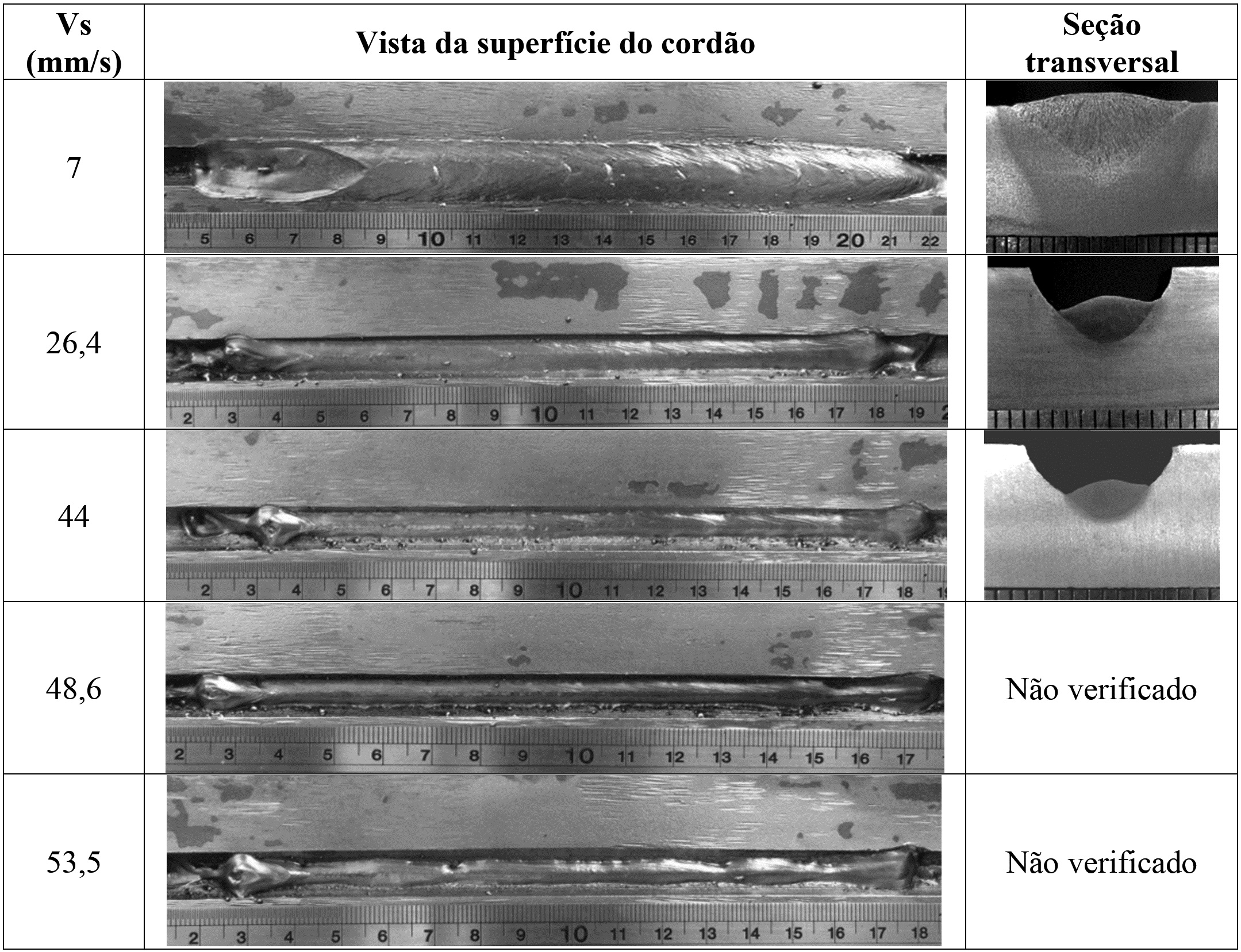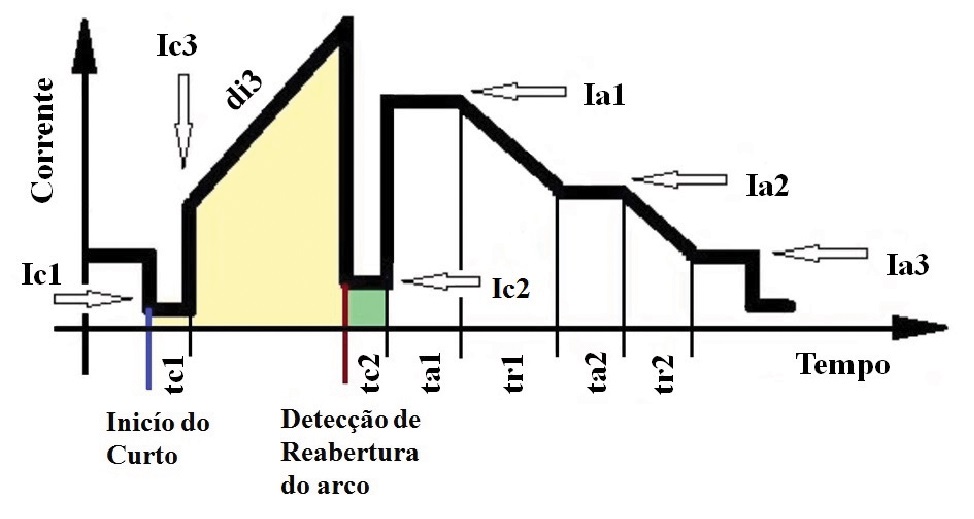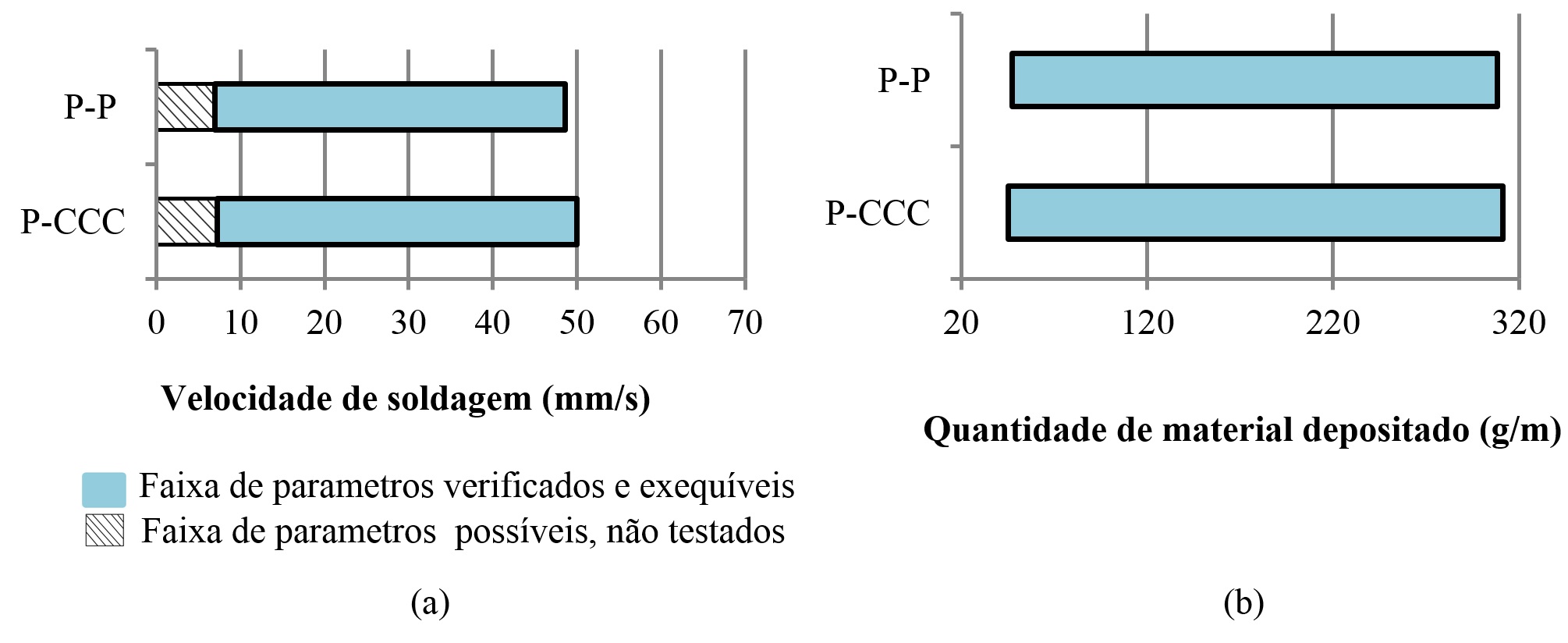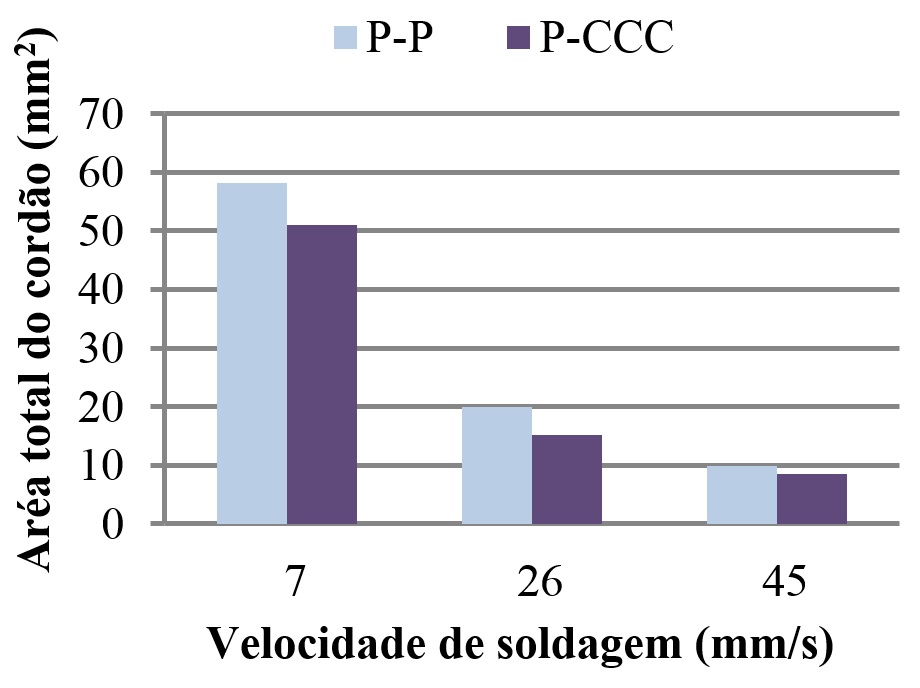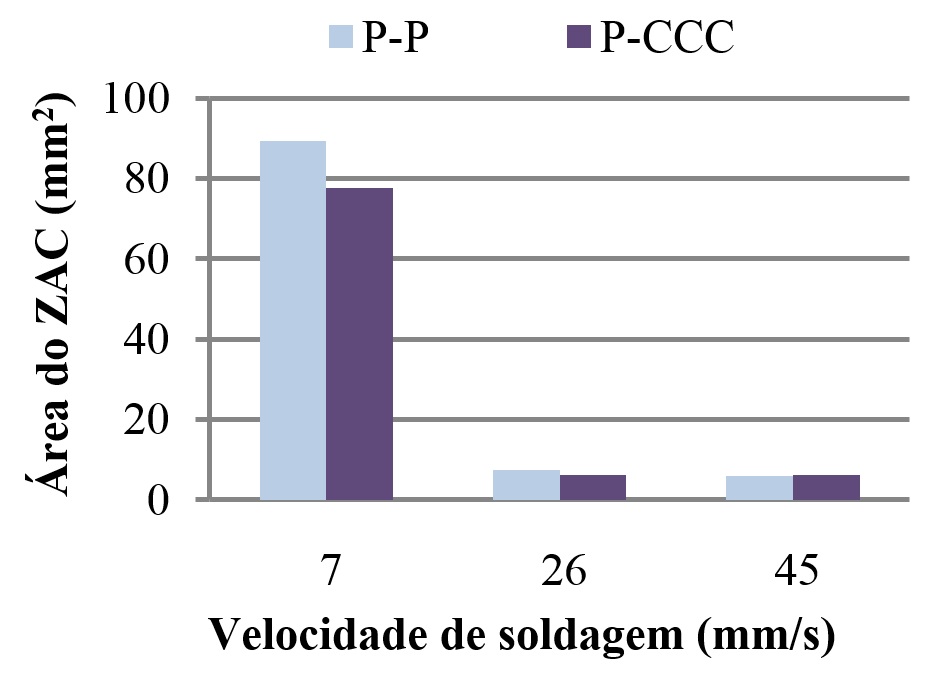In this paper, a techno-economical evaluation of the Double Wire MIG/MAG welding process for filling passes on the flat position was performed, applying Controlled Short-Circuiting (CSC) mode in the trailing wire. The aim was to improve the welding pool control and reduce spatter generation. The evaluation was carried out through a comparative study between the conventional Double Wire MIG/MAG welding technique (using pulsed current in the both wires) and a combination of a pulsed current in the leading wire and CSC in the trailing wire. The values of the average current at each wire, the volume of deposited material per unit of weld length, the type and size of the joint bevel and wire, the shielding gas composition and the CTWD were maintained constant. It was evaluated the surface finish and geometry of the weld beads, the deposition rate and efficiency and the limit welding speeds, resultant from each technique. The results showed that the use of CSC in the trailing wire slightly increases the production capacity of the process, generates less spatter and provides a better visual aspect of the welds, with a narrower HAZ and FZ, and still keeps the operational maps, which are positive factors. On the other hand, as disadvantages, the use of the CSC led to more convex beads with smaller penetration.
Tandem GMAW; Current control; Automation

 Thumbnail
Thumbnail
 Thumbnail
Thumbnail
 Thumbnail
Thumbnail
 Thumbnail
Thumbnail
 Thumbnail
Thumbnail
 Thumbnail
Thumbnail
 Thumbnail
Thumbnail
 Thumbnail
Thumbnail
 Thumbnail
Thumbnail
 Thumbnail
Thumbnail
 Thumbnail
Thumbnail
 Thumbnail
Thumbnail
 Thumbnail
Thumbnail


